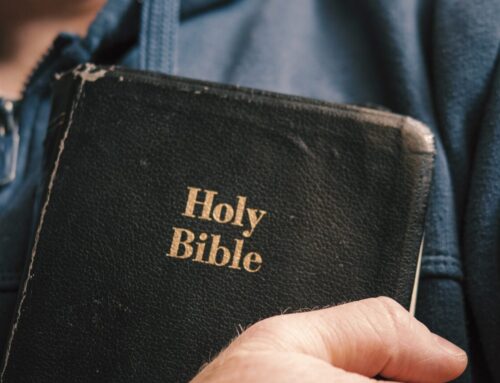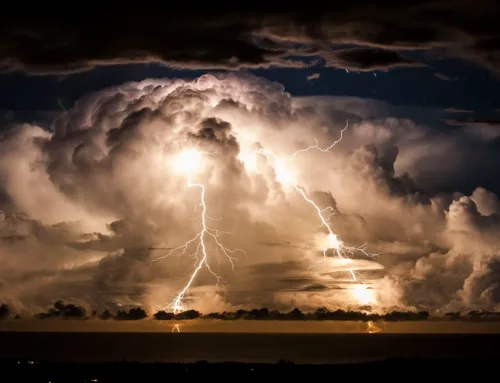COVID-19 Accelerated Trends of Religious Decline
January 11, 2023
By Kenneth Chan
Reprinted from The Washington Stand
Americans who are young, single, or self-identified liberals have long experienced declines in religious membership, practice, and identity. But the COVID-19 pandemic appears to have accelerated those declines, pushing out those who had maintained the weakest commitments to regular religious attendance, according to a new study.
“[T]he pandemic did not entirely scramble America’s religious landscape; rather it accelerated existing trends of religious decline,” study co-author Daniel A. Cox of the American Enterprise Institute (AEI) told The Washington Stand. “For instance, it did not make a dent, at least in aggregate, in patterns of religious affiliation. But it may have exacerbated religious polarization. Increasingly, the U.S. is a country that includes very religious and very secular people.”
To better understand how COVID-19 and the closing of houses of worship influenced patterns of religious attendance and identity, AEI’s Survey Center on American Life teamed up with researchers at the University of Chicago’s National Opinion Research Center (NORC) to measure religious affiliation and attendance both before the pandemic (from 2018 to March 2020) and again in spring 2022.
Not surprisingly, the 2022 American Religious Benchmark Survey found religious attendance was significantly lower in spring 2022 than it was pre-pandemic. In spring 2022, 33% of Americans reported that they never attend religious services, compared to one in four (25%) who reported this before the pandemic.
“After much speculation, this study was able to confirm what many pastors and religious leaders suspected — that it (the pandemic) did adversely impact religious participation,” said Cox. “What’s more, it impacted certain people and communities more than others.”
“Younger Americans were much more affected by the pandemic and the social disruptions it caused,” Cox highlighted.
Religious Attendance
According to the study, adults under 50, adults with less than a college degree, black Protestants, and Hispanic Catholics experienced the largest changes in religious attendance. These groups each saw the largest percentages of those who attended religious services “less often” or “much less often” — 30% of adults under 30, 24% of adults age 30-49, 23% of adults with less than a college degree, 24% of black Protestants, and 27% of Hispanic Catholic Protestants. But they also saw some of the largest percentages of those who attended religious services “more often” or “much more often” — 11% of adults under 30, 11% of adults age 30-49, 13% of adults with less than a college degree, 15% of black Protestants, and 13% of Hispanic Catholics.
The groups that experienced the least changes in religious attendance were adults 65 and older, adults with post graduate education, Latter-day Saints, and white evangelical Christians. Notably, Latter-day Saints were also the only group that saw more people attending religious services more often than less. All other groups across the board saw two to three times more decreased attendance than increased attendance, with the other exception being Jews, who saw roughly the same percentage (16%) of people attending religious services more often as they did less. Overall, 11% of U.S. adults reported attending religious services “more often” or “much more often” while 22% reported attending religious services “less often” or “much less often.” Sixty-eight percent reported similar levels of religious attendance as they did pre-pandemic.
Religious Identity
As for religious identity among American adults, the study found that the religious composition of the public in the years before the pandemic and after are nearly identical.
Before the pandemic, 17% of American adults were white mainline Protestant; 14% were white evangelical Protestants. White Catholics comprised one in 10 Americans before the pandemic. Nine percent of Americans were black Protestants. Another 6% of Americans identified as Hispanic Catholic. Latter-day Saints made up 2% of the public, and 1% of Americans were Jewish. One in four Americans (25%) claimed no religious affiliation — or were religiously unaffiliated. These remained essentially unchanged in spring 2022, with religious groups nearly identically sized before and after the pandemic.
While the national distribution of religious affiliations stayed consistent, the study found some movement at the individual level. Nineteen percent of individuals changed their religious affiliation between pre-pandemic and spring 2022, including 6% who were unaffiliated pre-pandemic but reported belonging to a religious tradition in spring 2022. A similar number (5%) identified with a religious tradition pre-pandemic but then were unaffiliated in spring 2022.
Future Religious Shifts
According to George Barna, the director of research at Arizona Christian University’s Cultural Research Center, shifts in religious beliefs will translate to shifts in religious behavior later down the road.
“Typically, we experience shifts in belief months or even years before religious behavior catches up to reflect those altered beliefs,” Barna told The Washington Stand.
In his research, Barna had similarly found little change in measures such as engagement in worship within the total adult population since the start of the pandemic — except among certain subgroups, such as younger adults and parents of young children, where some of the measures indicate significant shifts. Aside from engagement in worship, the research at Arizona Christian’s Cultural Research Center also measured Bible reading frequency, trust in the Bible, belief in absolute moral truth, and pursuit of God’s forgiveness for sins.
But Barna said more noticeable — and more significant — have been the changes in people’s core beliefs.
“Among the beliefs that have changed are belief in the God described in the Bible, claims to be deeply committed to one’s faith, believing that success is best indicated by obedience to God, and contending that a person’s chief purpose is to relate to and live for God,” noted Barna, who is also a senior research fellow at Family Research Council’s Center for Biblical Worldview. “In every case we have identified of significant change, that shift has shown adults moving away from biblical positions to alternative beliefs.”
“These are the kinds of transitions that are not uncovered through the standard measures of church attendance, prayer, and faith identification,” he added.
According to Barna, the impact of COVID-19 may not be fully realized even now — three years after the start of the pandemic.
“Just as it is taking time for the health impact of pandemic ‘solutions’ to appear, so will we continue to see the pandemic’s effect on America’s faith for several years to come,” he concluded.
Kenneth Chan is Director of Communications at Family Research Council and serves as an editor at The Washington Stand.







Leave a Reply, please --- thank you.